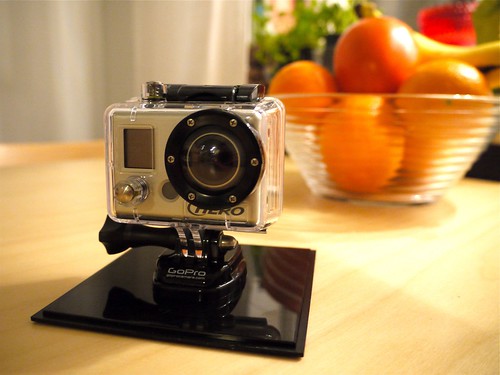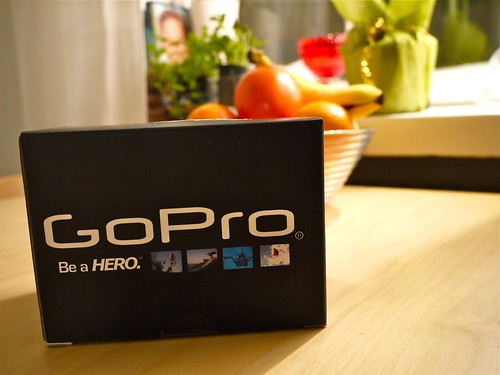I re-post the blogpost on
NewTeeVee. This just hits the spot.
The $100 cable bill is dead. The cable industry just doesn’t know it yet. What killed it was not just a combination of ad-supported online video sites and cheap subscription video services, but a fundamental inability on the part of TV programmers and cable companies to reach the next generation of consumers.
It’s still heady days for the cable industry. Cable, satellite and IPTV companies have continued to draw in new consumers to their pay TV services, and have even been successful in convincing existing subscribers to pay more for premium video content. But one needs only to look at audience demographics to see that big cable’s ability to draw in new viewers is waning, and that spells trouble for the TV industry as a whole.
CNET reports that the average age for broadcast TV viewers has
risen dramatically over the past two decades. Marguerite Reardon writes:
Twenty years ago, the median age for ABC viewers was 37; today it’s 51. Fox’s median age has also jumped, from 29 to 44. And NBC and CBS, which have always had older viewers, are also seeing the median age of their viewers rise.
Even the NY Times, which took on the cord-cutting phenomenon with the headline “
Plenty to Watch Online, but Viewers Prefer to Pay for Cable,” couldn’t ignore the obvious. Despite the fact that 677,000 new subscribers signed up for pay TV services in the first quarter, the number of young people that are willing to pay for cable continues to decline. According to a Times/CBS News survey “found that people under the age of 45 were about four times as likely as those 45 and over to say Internet video services could effectively replace cable.”
In other words, cable companies and broadcasters aren’t bringing in new customers. They’re just selling more stuff to existing customers.
Some companies have tried to remedy the model, with new services that are meant to appeal to the on-demand everywhere demands of the next generation. Comcast, Time Warner and others are pushing hard to make their cable programming available on-demand through
broadband TV Everywhere services so that their subscribers can watch shows online at their leisure.
But so-called TV Everywhere services miss the point: the existing audience paying $100 a month for TV doesn’t care about watching True Blood on a laptop. And the people watching True Blood on a laptop aren’t going to shell out $100 for a cable subscription.
Consumer behavior is fundamentally changing, and it starts with the young people who don’t see the need for cable.
Today, there’s an entire generation of consumers that has grown used to turning to Netflix and Hulu for their video entertainment. You think you’re going to sell them a $100 a month cable subscription, when they’ve been doing fine just paying for broadband? The TV industry is going to need to find a way to reach those consumers — because there’s only so long you can cater to an increasingly aging audience.









